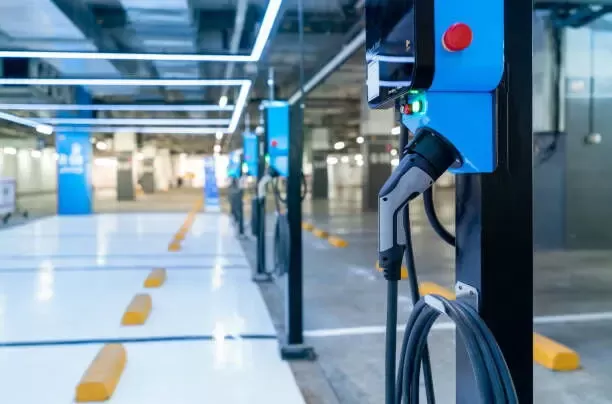Notifications

4 minutes, 37 seconds
-3 Views 0 Comments 0 Likes 0 Reviews

32 Amp vs. 40 Amp EV Chargers: Which One Is Right for You?
Understanding Amps in EV Charging
When choosing a home China EV charger, one key factor to consider is the amperage—measured in amps—which determines how much electrical current flows to your vehicle. In simple terms, more amps = faster charging. But more isn't always better if your home’s electrical system or your EV can't support it.
Two popular options are 32 amp and 40 amp Level 2 chargers. Both offer faster charging than Level 1 (standard wall outlet), but each comes with trade-offs in terms of speed, installation cost, and compatibility.
What’s the Difference Between 32A and 40A Chargers?
| Feature | 32 Amp Charger | 40 Amp Charger |
|---|---|---|
| Power Output | Up to 7.7 kW | Up to 9.6 kW |
| Charge Time (60 kWh battery) | ~8 hours | ~6.25 hours |
| Circuit Breaker Required | 40 amps | 50 amps |
| Installation Cost | Lower | Higher |
| Best For | Overnight charging, moderate use | Faster charging, long-range EVs |
A 40 amp charger can deliver about 25% more power than a 32 amp model, translating to quicker charging times—ideal for larger EVs or high-mileage drivers. However, not all EVs can accept 40 amps, and not all homes can support the higher electrical load without upgrades.
How Charging Works: Vehicle and Home Compatibility
Your EV includes an onboard charger, which limits how much current it can accept. If your car supports only 32 amps, it won’t benefit from a 40 amp charger—it will simply draw less current. Conversely, if your home electrical panel lacks spare capacity, installing a 40 amp charger may require costly upgrades.
For most drivers who charge overnight and travel fewer miles daily, a 32 amp charger is more than sufficient.
When to Choose a 32 Amp Charger
You commute short to moderate distances.
Your EV supports 32 amps or less.
You want to avoid expensive electrical panel upgrades.
You prefer a portable, plug-in charger with flexible installation.
When to Choose a 40 Amp Charger
You have a long daily commute or a larger EV (e.g., Tesla Model X, Ford Lightning).
Your home has enough electrical capacity or already includes a 50A circuit.
You want to future-proof your setup for EVs with higher onboard charger ratings.
Installation Tips
Consult a licensed electrician before installation. A 32 amp charger typically requires a 40 amp breaker, while a 40 amp unit needs a 50 amp breaker (to meet continuous load safety standards). Other considerations include wire gauge, panel location, and whether you want a plug-in or hardwired unit.
Recommended Brand: Autel EV Chargers
Autel offers reliable 32A and 40A Level 2 EV chargers with features like:
Smart charging via Wi-Fi and Bluetooth
Mobile app monitoring and control
Advanced safety features (GFCI, surge protection, overcurrent protection)
Durable, weather-resistant designs
Autel chargers combine performance and safety with excellent value—making them a top pick for home charging.
Final Thoughts: Charge Smart, Drive Far
Choosing between a 32 amp and a 40 amp EV charger isn’t just about speed—it’s about matching your charger to your vehicle, driving habits, and home setup. If your EV and electrical panel support it, a 40 amp charger offers faster charging. But for most users, a well-matched 32 amp charger provides reliable, efficient charging without extra installation headaches.
With the right charger, you're not just powering your EV—you’re preparing for a smarter, cleaner driving future.Learn more about Google SEO.
China EV Chargers EV Charger Manufacturer EV Charging Solutions

